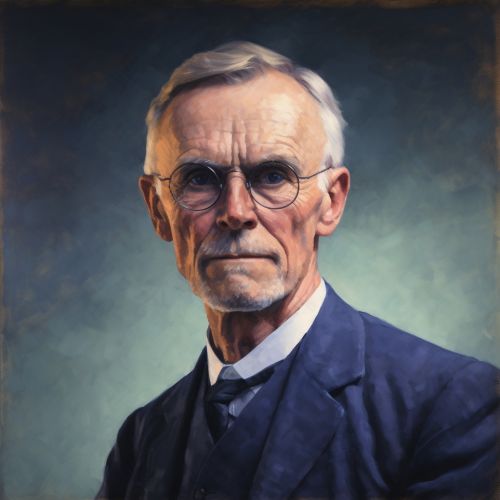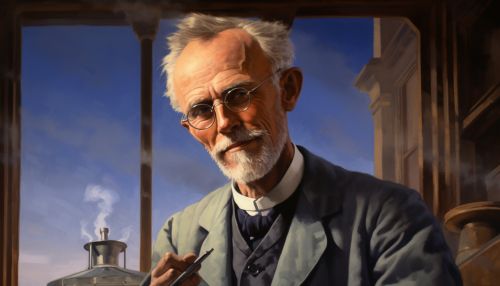Second Law of Thermodynamics
Introduction
The Second Law of Thermodynamics is a fundamental principle in the field of Thermodynamics, a branch of Physics that deals with heat and temperature and their relation to energy and work. The law states that the total entropy, or randomness, of an isolated system can never decrease over time, and remains constant if and only if all processes are reversible. Isolated systems spontaneously evolve towards thermodynamic equilibrium, the state of maximum entropy.
Historical Development
The concept of the Second Law of Thermodynamics was initially formulated in the 1850s by the German physicist Rudolf Clausius. He based his principles on the work of French engineer Sadi Carnot who, in 1824, studied the efficiency of steam engines and developed the concept of a Carnot cycle.


Statement of the Law
The Second Law of Thermodynamics can be stated in several equivalent ways, the most common being:
1. Clausius Statement: Heat cannot spontaneously flow from a colder location to a hotter location. 2. Kelvin-Planck Statement: It is impossible for any device that operates on a cycle to receive heat from a single reservoir and produce a net amount of work. 3. Entropy Statement: In a natural thermodynamic process, the sum of the entropies of the interacting thermodynamic systems increases.
Understanding Entropy
Entropy is a fundamental concept in thermodynamics, closely related to the Second Law. It is a measure of the number of specific ways in which a system may be arranged, often taken to be a measure of 'disorder'. The Second Law of Thermodynamics states that the entropy of an isolated system always increases or remains constant; it never decreases.
Implications of the Second Law
The Second Law of Thermodynamics has profound implications in various fields, from physics and engineering to cosmology and information theory. It sets unbreakable limits on the efficiency of engines and refrigerators, predicts the eventual 'heat death' of the universe, and explains the arrow of time.
Applications
The Second Law of Thermodynamics is applied in many areas of science and engineering. It is used in the design of heat engines and refrigerators, in the study of phase transitions, in the understanding of chemical reactions, and in the field of information theory.
